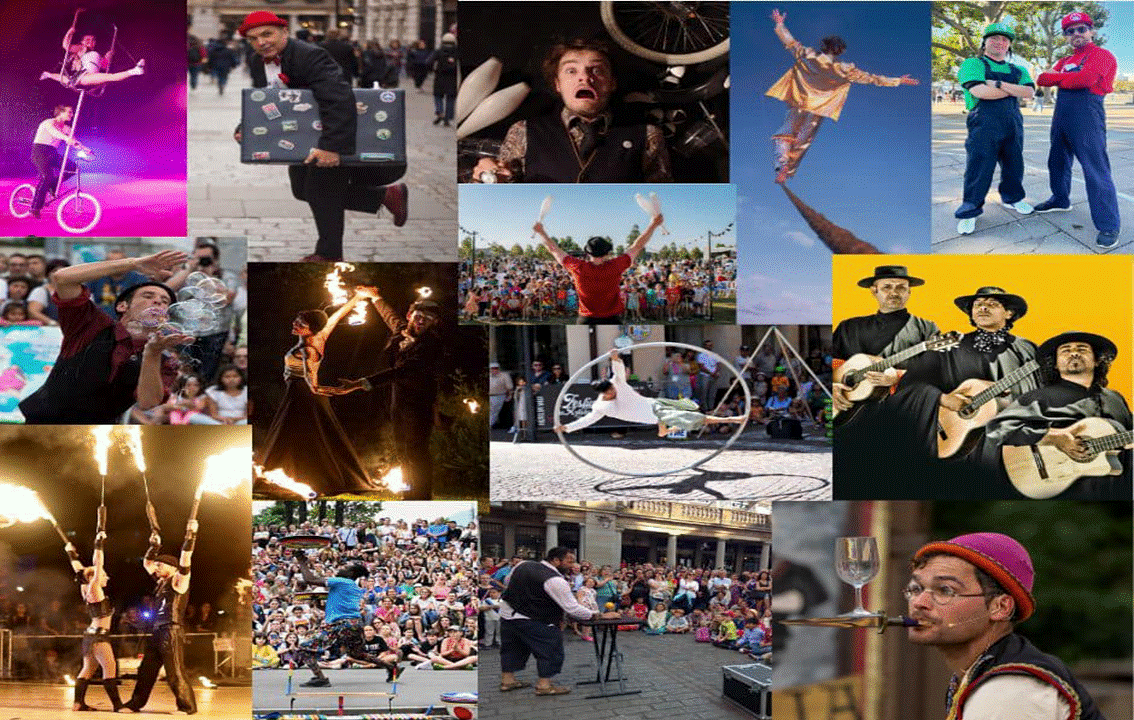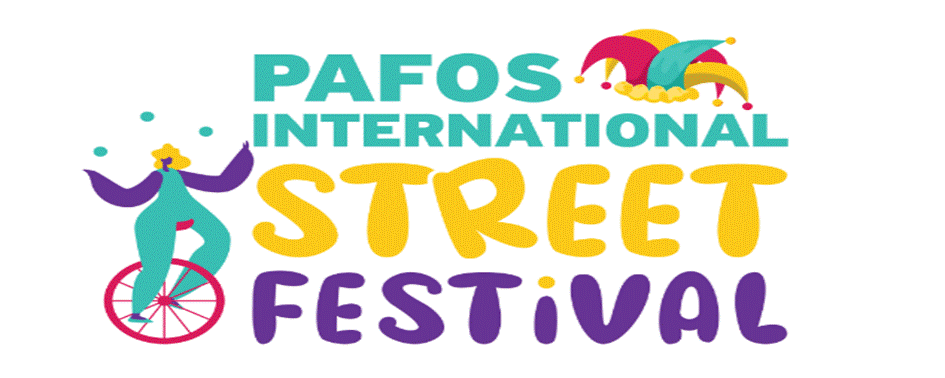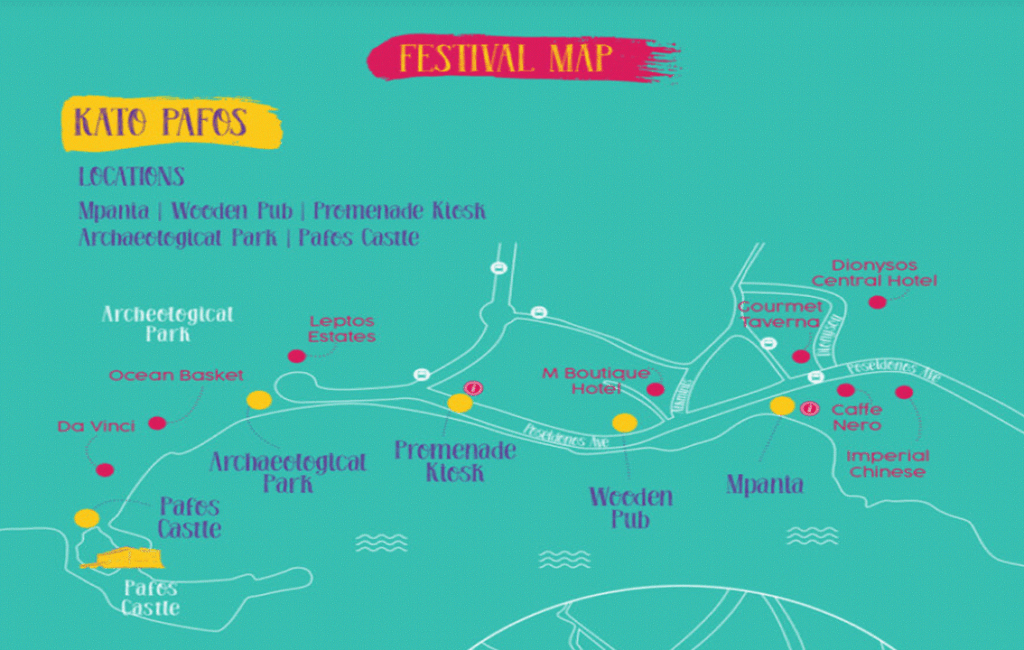MY DAY OUT AT THE FIRST-EVER PAFOS INTERNATIONAL STREET FESTIVAL
By Irene Charalambous
PAPHOS ANNUAL FESTIVALS
As anticipation for the first-ever Paphos International Street Festival grew, I decided I just had to visit and witness the event myself. Cyprus is synonymous with its annual festivals, and this event celebrates culture, art, and community during the final week in August. Organisers pride themselves on offering a star-studded line-up of internationally renowned street performers from all over the world. I visited on the first day of the event as I wanted to experience the grand parade that features all of these performers.

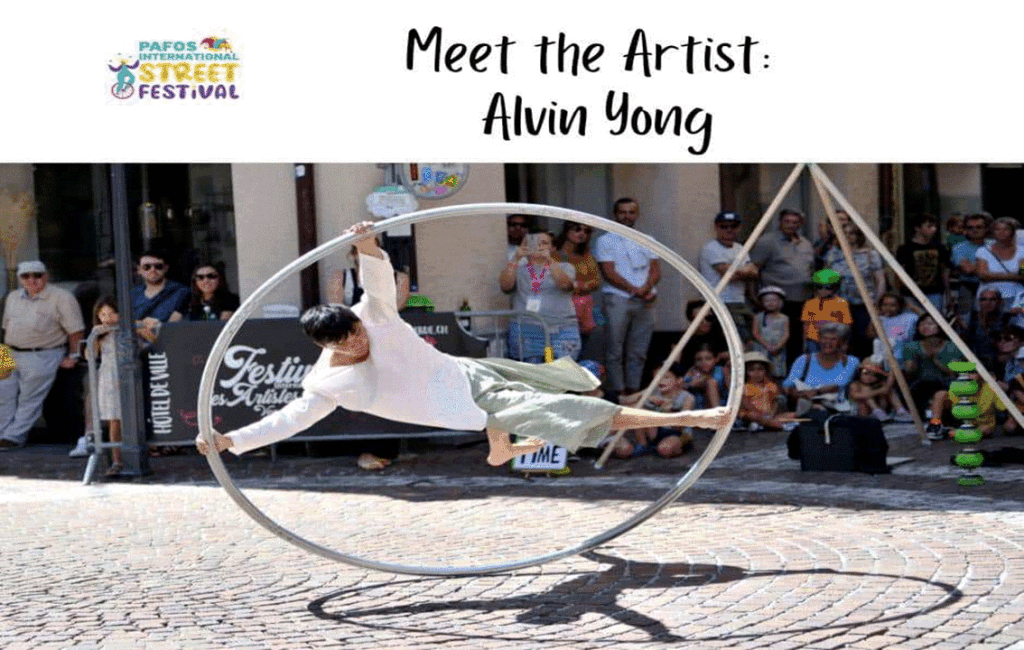
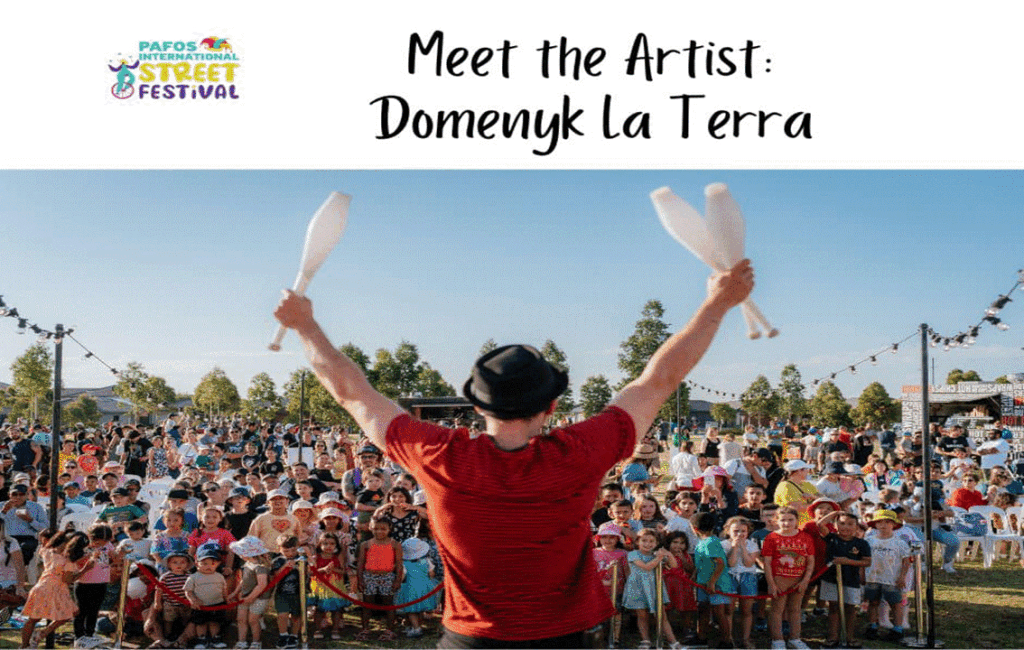
FOLLOWING THE CROWDS
I took the intercity bus straight into Paphos and then followed the crowds on foot the rest of the way. As I approached the festival grounds, the sound of music and laughter grew louder. The enticing aromas of various cuisines, wafting through the air, also became more and more apparent as I drew closer. The diversity of the festival was evident immediately. Several elements of world cultures were on display and this was evident when the opening procession began. All of the internationally based street performers, in their colourful and elaborate costumes, paraded along with global music and dance troupes. I joined the crowd that lined the route and followed the procession through the street up to the festival grounds around the Paphos Castle. As I turned the last corner, a myriad of yet more bright colours and happy faces greeted me.

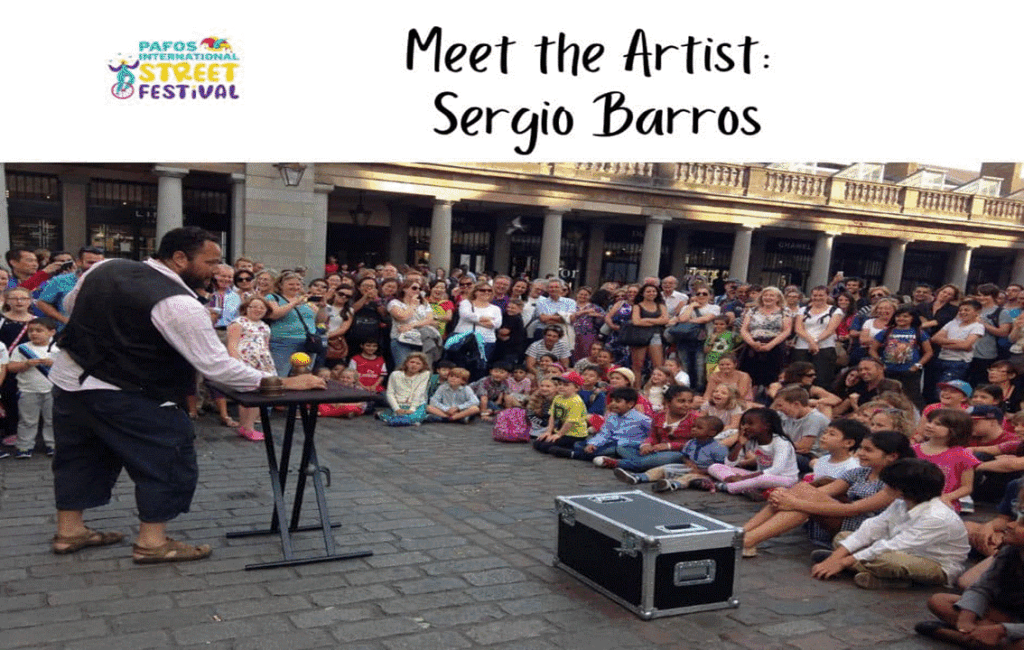

STALLS, BOOTHS & WORKSHOPS
The immediate area buzzed with excitement and the end of the procession marked the beginning of traditional live music. This included Cypriot dancing, which the crowds seemed to find equally entertaining. I was also drawn to the numerous stalls, booths and workshops. These featured several local artisans selling their crafts. These included everything from handmade jewellery to intricate pottery. The face painting and the bouncy castle seemed to be a popular draw for the children and the endless array of food stalls was also a welcoming site. As a food enthusiast, I was eager to sample the food on offer. The choice was incredible and included everything from savoury Greek souvlaki to spicy Indian curry. I enjoyed some perfectly grilled HALLOUMI cheese and some sumptuous homemade SHEFTALIA. These were all cooked to perfection and served with fresh pita bread and yoghurt.
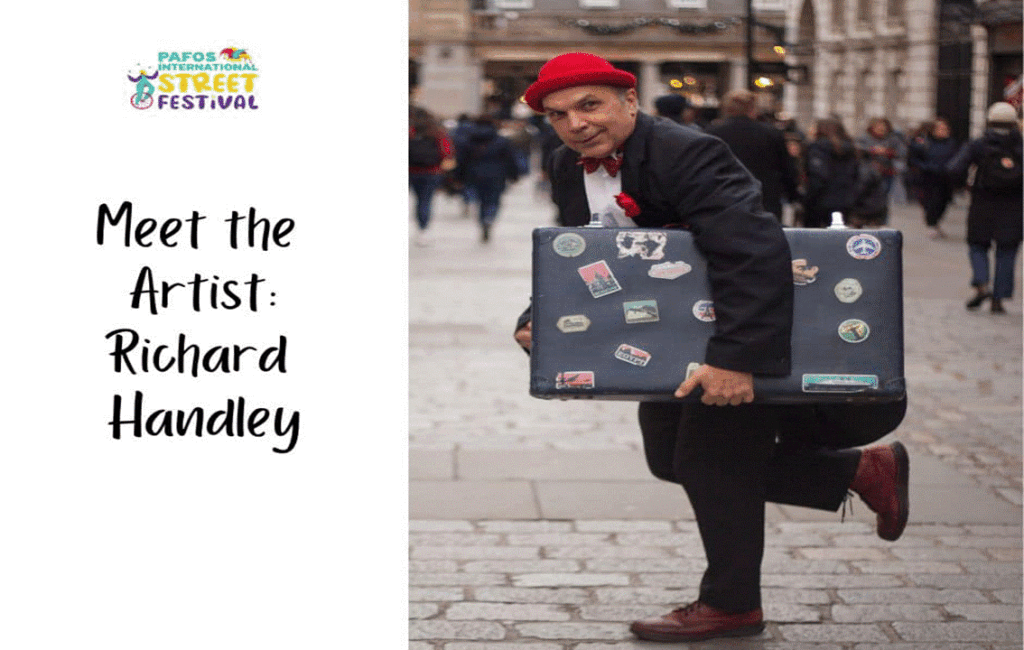

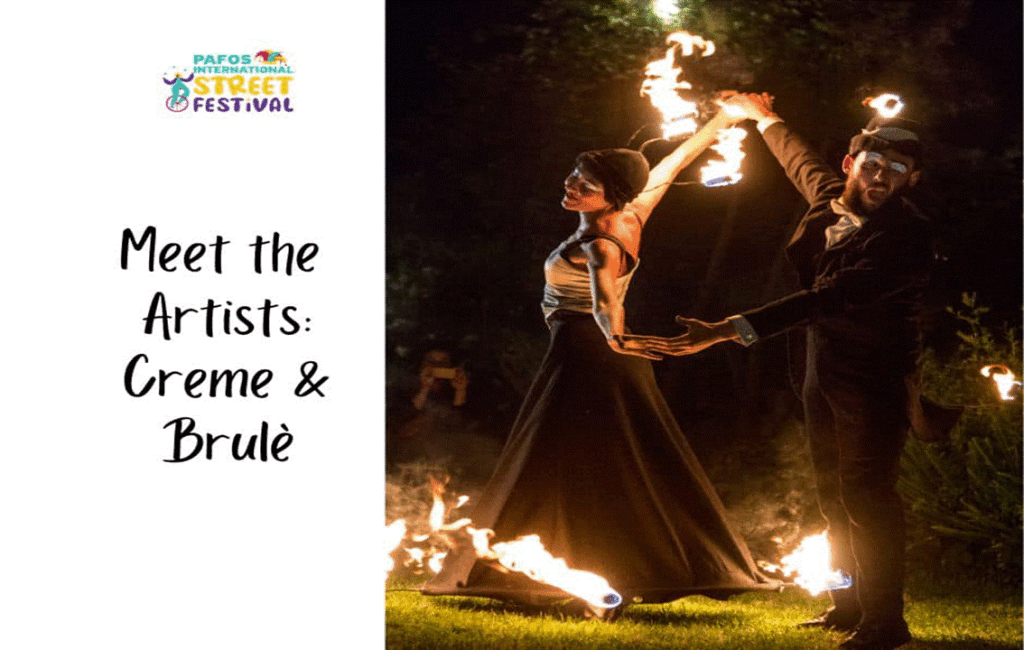
AMAZING STREET PERFORMANCES
The festival featured a line-up of some amazing street performances. The international acts featured their talents and every single performance captivated the audience. There were acrobatics, comedy, magic and some mesmerising dance troupes. Each act also seemed to highlight cultural exchange by successfully blending cultural fusion through movement and energy. All of these acts also seemed to tell their own story. All of the performances were infectious, constantly reminding everyone that we are all part of a larger global community and it was impossible not to be drawn into some of these amazing acts. As the sun began to set, the festival transformed into a magical evening of grand spectacle. Colourful lights illuminated the pathways, and the sounds of laughter and the street performances continued into the evening.
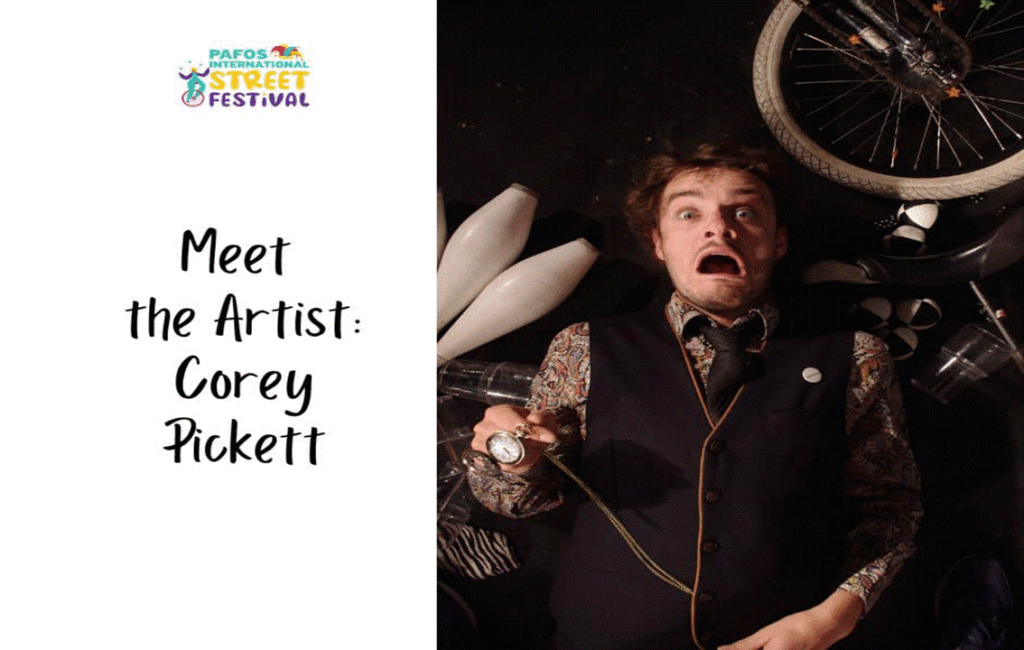
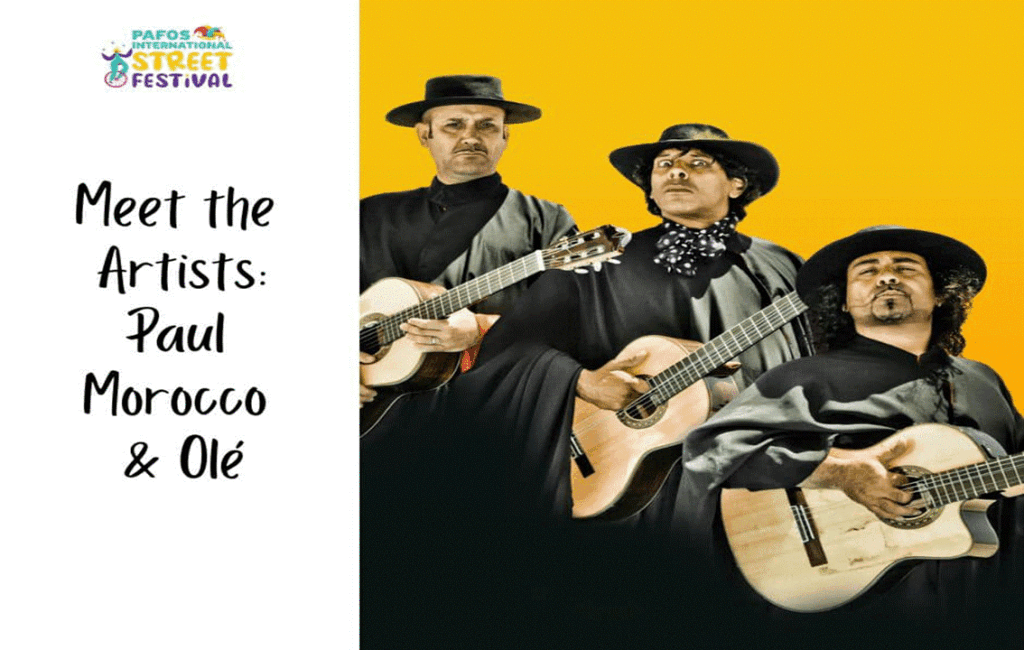
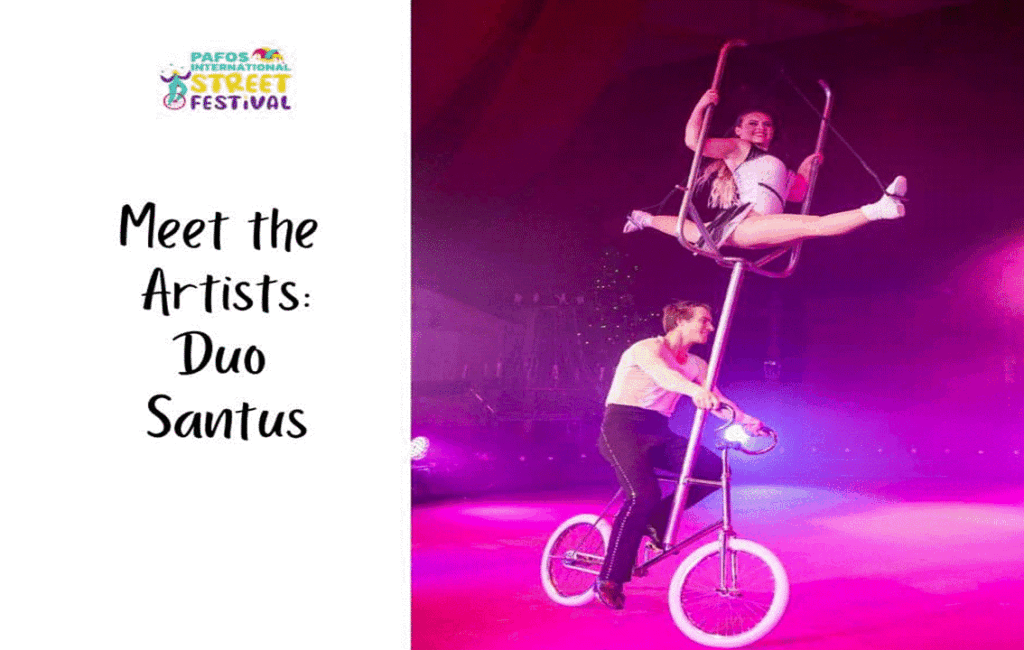
AN ENRICHED EXPERIENCE
Upon leaving the festival I felt both happy and enriched by the day’s event. I had a renewed appreciation for the beauty and diversity that I had experienced that day. The festival successfully reinforced in me the importance of unity and collaboration in our increasingly interconnected world. As I sat contemplating this on the bus journey home, I soon realised that this vibrant celebration of culture, art, and community, had left a lasting impression on me. The myriad of smiling faces confirmed that this festival had brought people together. It also fostered connections and understanding through several shared experiences. I eagerly anticipate the next opportunity to celebrate this festival again. I can’t wait to return next year!



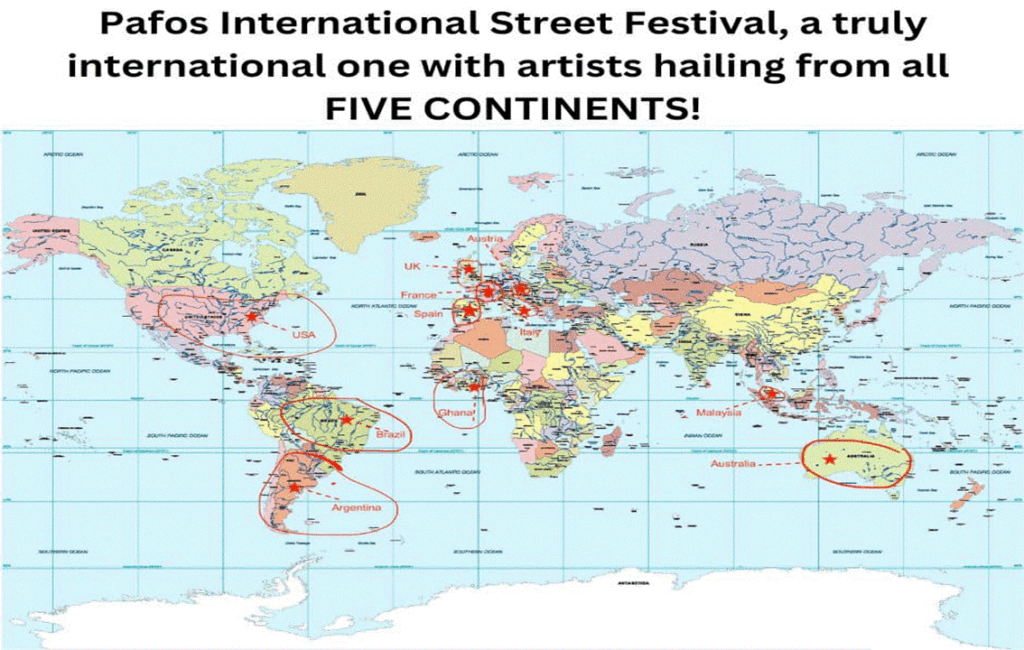
WHAT'S IN A STREET PERFORMANCE?
Ancient Origins
• Ancient Civilizations: Street performances can be traced back to ancient cultures such as Greece and Rome, where performers known as ‘mimes’ acted in public spaces, often depicting mythology and scenes from everyday life. Festivals honouring pagan gods often included theatrical performances.
The Medieval Period
• Medieval Europe: During the Middle Ages, street performers were known as minstrels, and they travelled to entertain at fairs, markets, and religious festivals. They performed music, juggling, and told stories often sharing tales and news from far-off places. The ‘Easter Play’ and other pageants became central to religious festivals.
The Renaissance Period
• Early Renaissance: The Renaissance revived interest in the arts, leading to the resurgence of elaborate public festivals and street performances. These included the ‘Commedia dell’arte’ in Italy, which was characterized by improvisation and stock characters.
The 18th & 19th Century
• Fairground Entertainment: By the 18th and 19th centuries, street acts became more structured. These new travelling troupes featured tightrope walkers and fire-eaters and were the precursor to professional circus acts. Street performance culture contributed greatly to this new popular form of entertainment.
20th Century Developments
• Diverse Influences: The beginning of the 20th century saw the rise of various forms of street entertainment, from vaudeville to busking. Cities began to embrace street art, with performances often reflecting social or political themes. The mid-20th century saw street performances often becoming vehicles for social commentary, aligning with counterculture movements. Events like the ‘Woodstock Festival’ blurred the lines between organised events and spontaneous street gatherings. Modern festivals, such as the ‘Edinburgh Festival Fringe’, the ‘Notting Hill Carnival’, as well as various urban music and arts festivals such as ‘Mardi Gras’ in New Orleans, The Carnival in Brazil, have also become more widespread. Several street fairs in the most prominent cities around the world, celebrate local cultures and communities, attracting participants and audiences globally, fostering cultural exchange.
Street Performers Today
• Street Performers and Buskers: Today, street performers, or buskers, are a fixture in cities around the world, featuring various talents including music, dance, magic, and visual arts. Many cities have set regulations to manage street performances, balancing artistic expression with public safety.
• Digital Age: With the advent of social media, street acts and festivals now reach wider audiences, with performances often shared online, leading to new forms of engagement and promotion.
• Cultural Significance: Street acts and festivals continue to play a vital role in cultural expression, community building, and social commentary. They serve as platforms for artists, reflect the diversity of urban life, and contribute to the vibrancy of public spaces.
In summary, the history of street acts and festivals illustrates the evolving relationship between art, community, and public space, showcasing humanity’s enduring desire to gather, celebrate, and communicate through performance.
